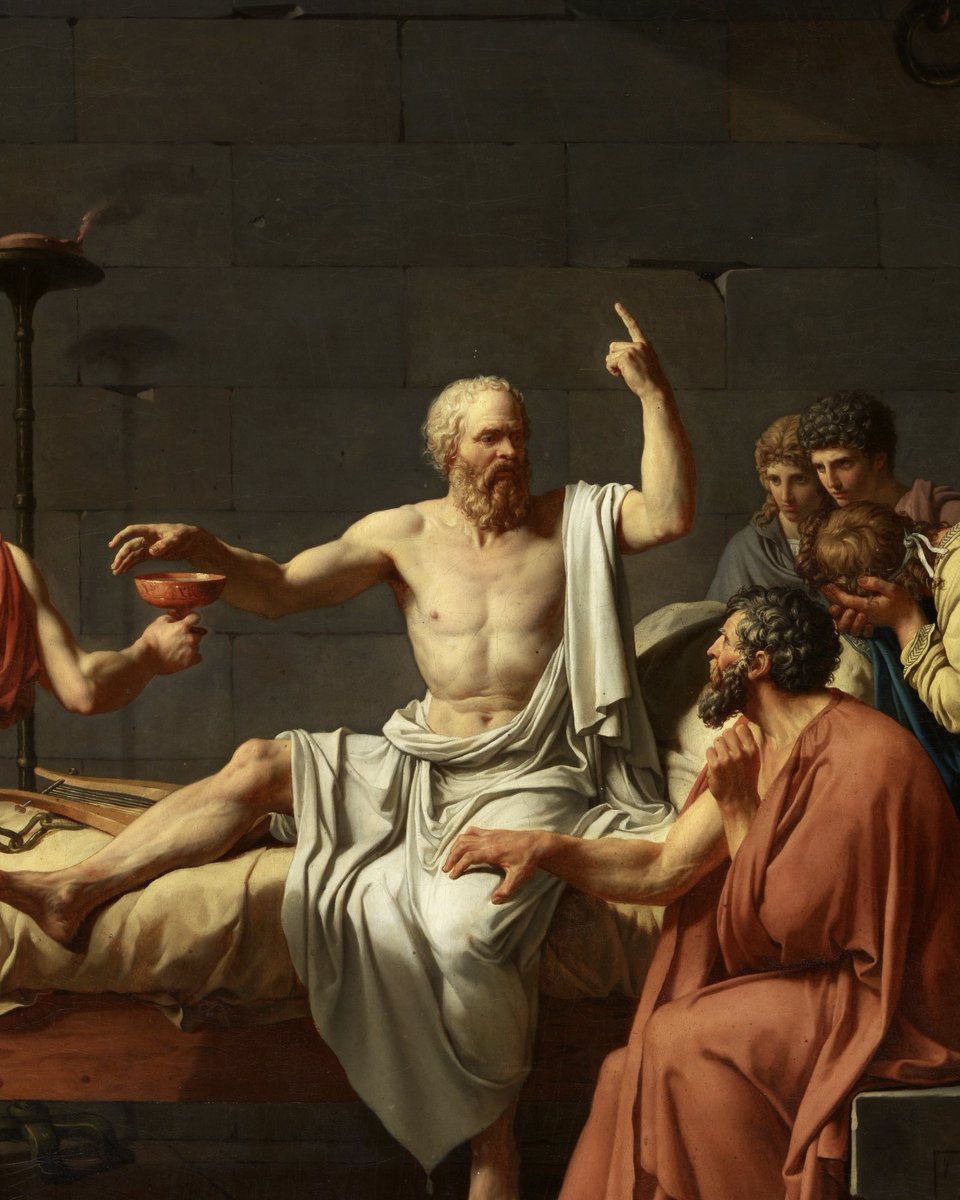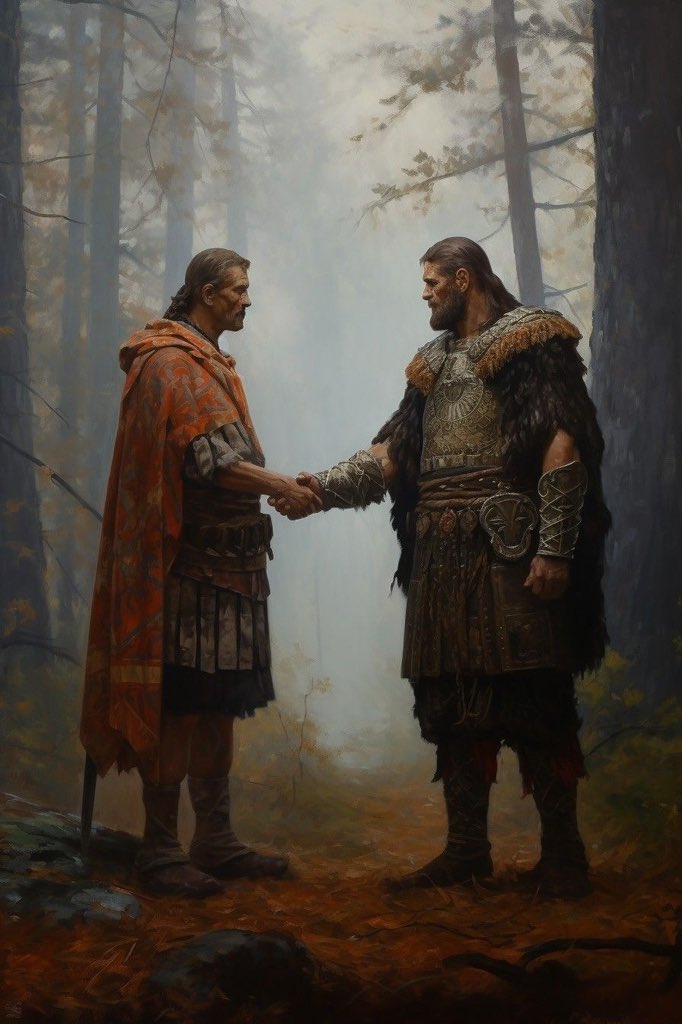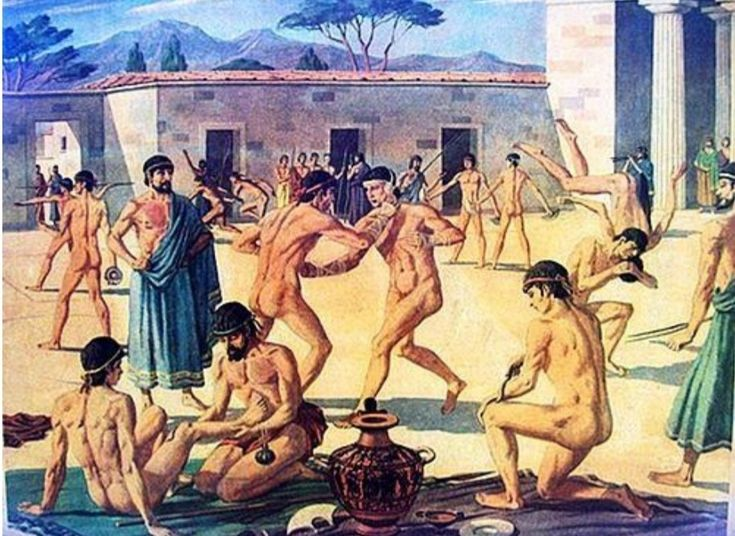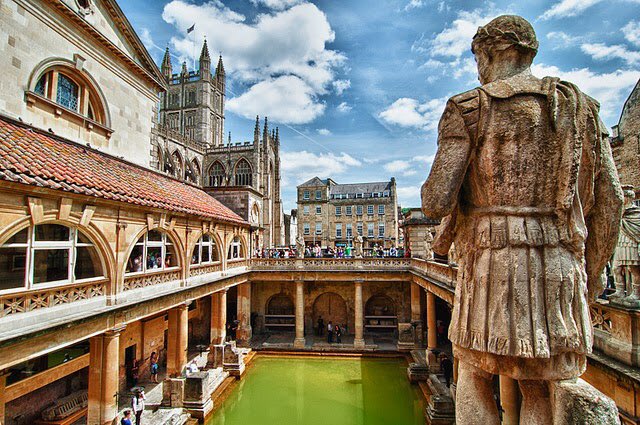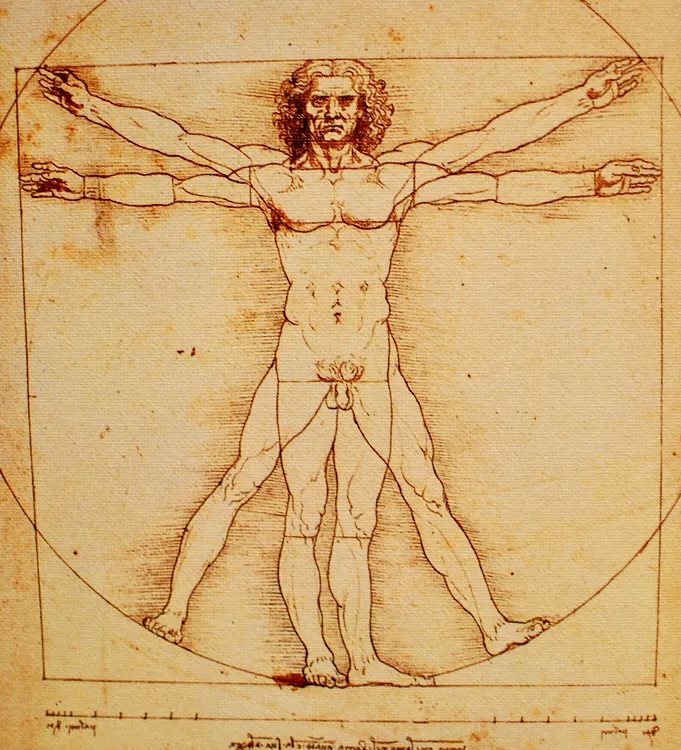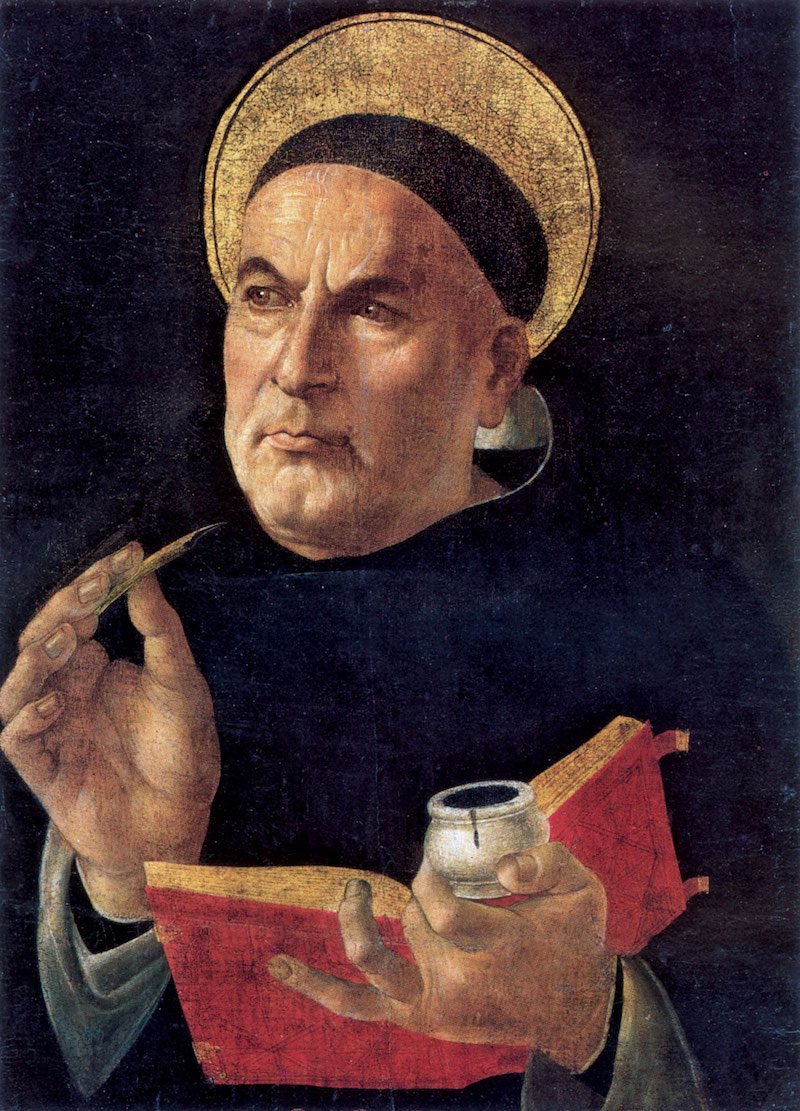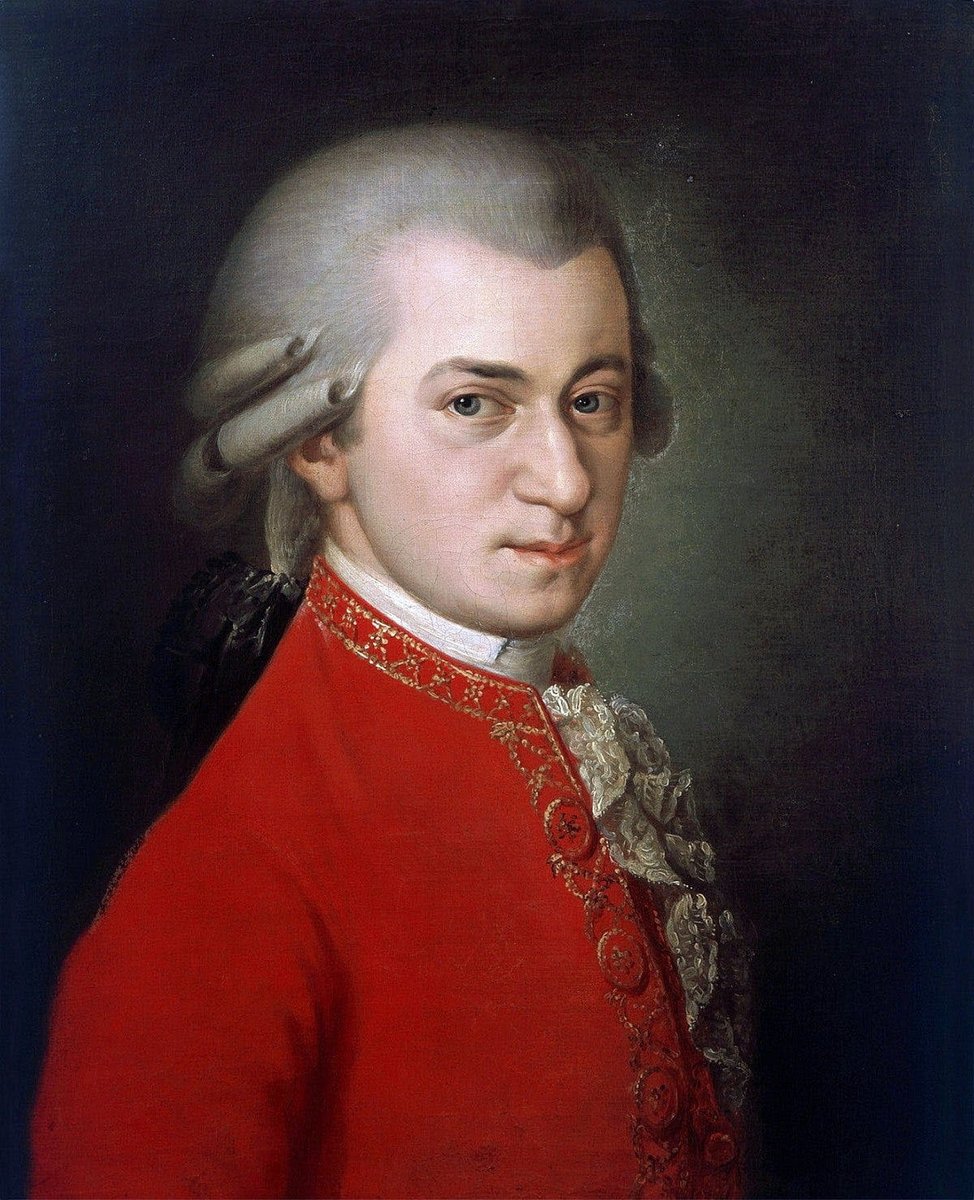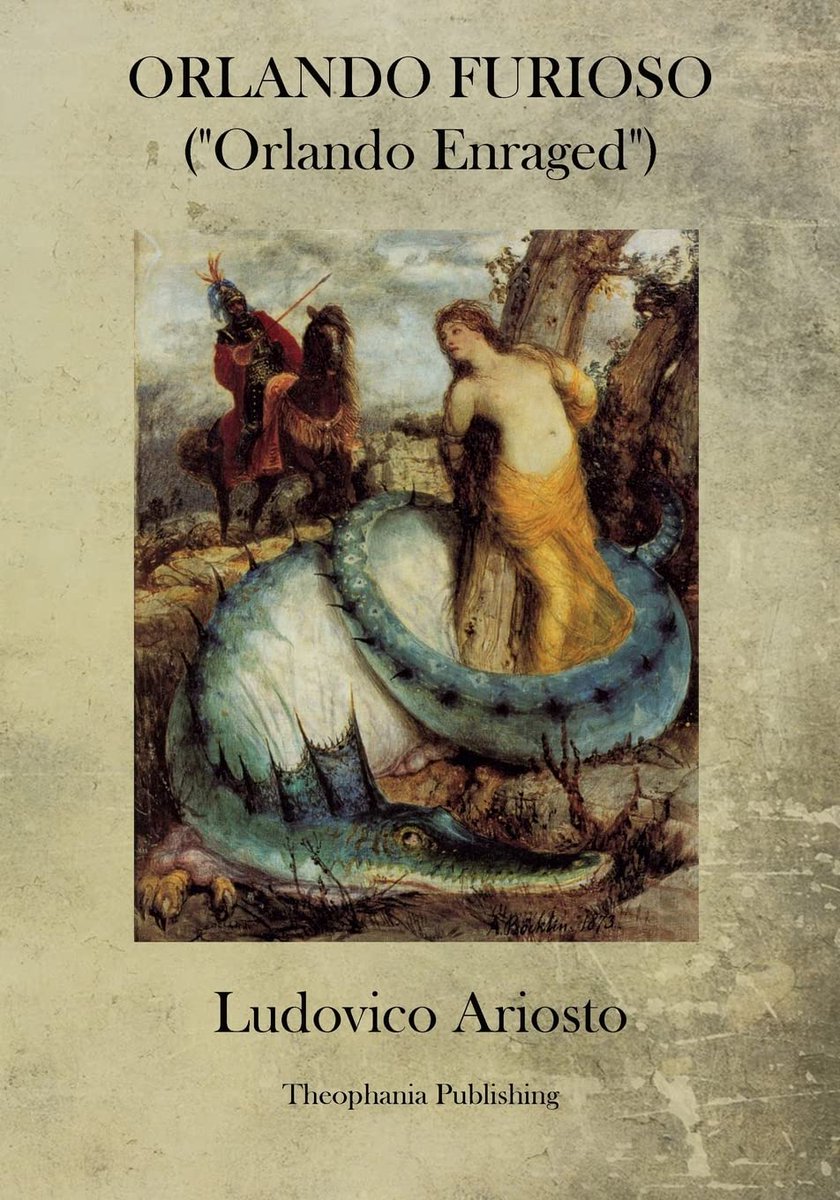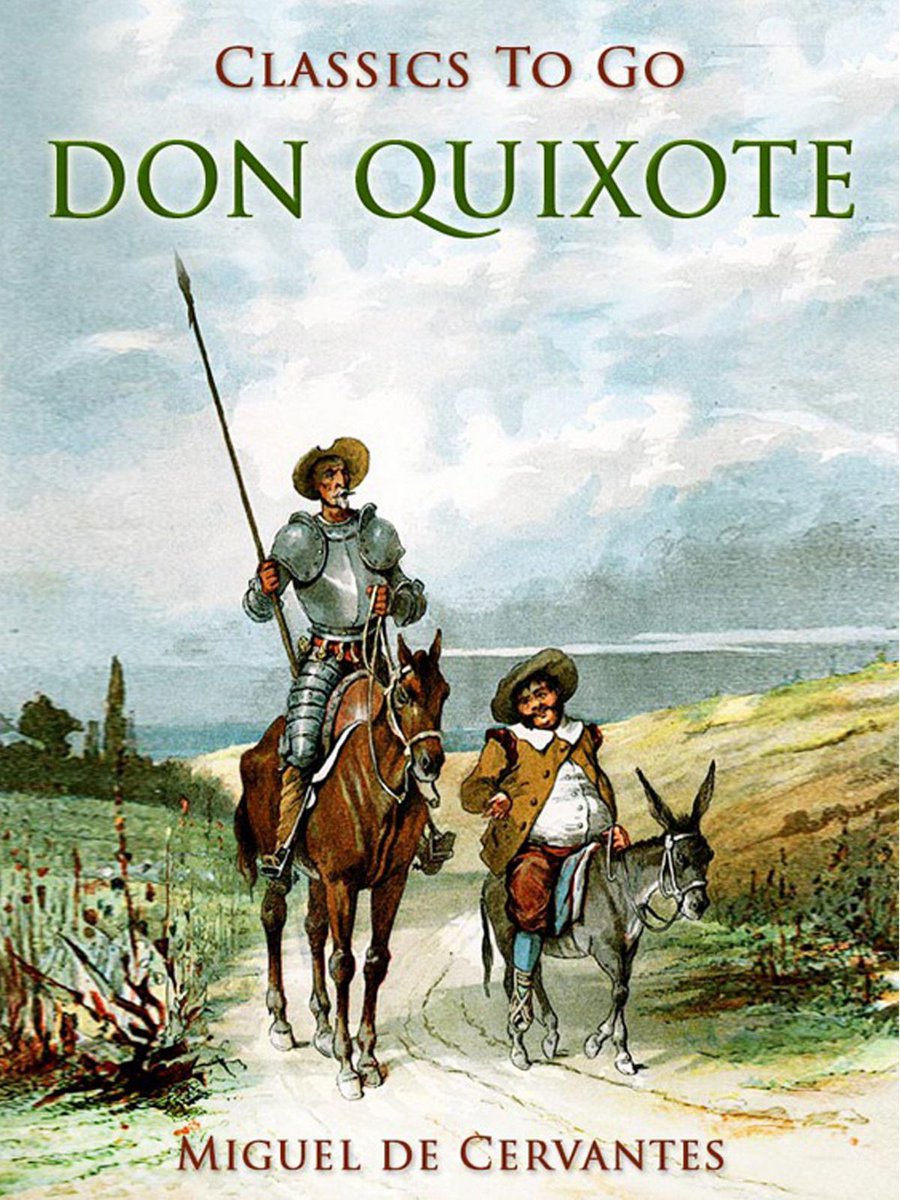They came to conquer Europe.
150,000 Ottoman soldiers stood at the gates of Vienna, ready to break through...
Then, on September 12, 1683, 20,000 horsemen appeared on the horizon—the largest cavalry charge in history.
What happened next changed the course of history forever:
150,000 Ottoman soldiers stood at the gates of Vienna, ready to break through...
Then, on September 12, 1683, 20,000 horsemen appeared on the horizon—the largest cavalry charge in history.
What happened next changed the course of history forever:

The year was 1683.
The Ottoman Empire, at the height of its power, had set its sights on Vienna.
If the city fell, the road to Western Europe lay open. The stakes could not have been higher.
The Ottoman Empire, at the height of its power, had set its sights on Vienna.
If the city fell, the road to Western Europe lay open. The stakes could not have been higher.
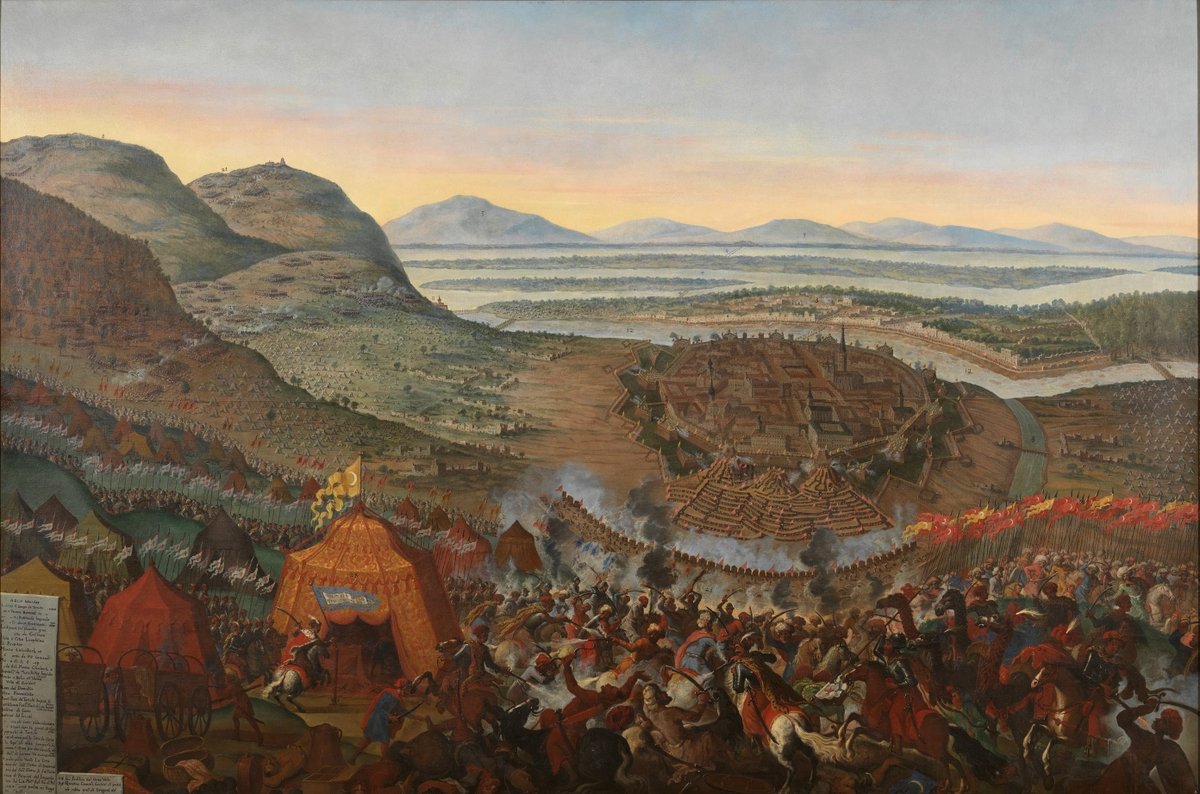
The Ottomans, led by Grand Vizier Kara Mustafa, marched with an army of 150,000 men.
They had already conquered large parts of Hungary.
Now, they aimed to break into the heart of Europe.
They had already conquered large parts of Hungary.
Now, they aimed to break into the heart of Europe.

Vienna was the capital of the Habsburgs, a major European power.
But its defenses were weak.
Emperor Leopold I had fled the city, leaving it in the hands of Count Ernst Rüdiger von Starhemberg, who commanded just 15,000 troops and a handful of volunteers.
But its defenses were weak.
Emperor Leopold I had fled the city, leaving it in the hands of Count Ernst Rüdiger von Starhemberg, who commanded just 15,000 troops and a handful of volunteers.
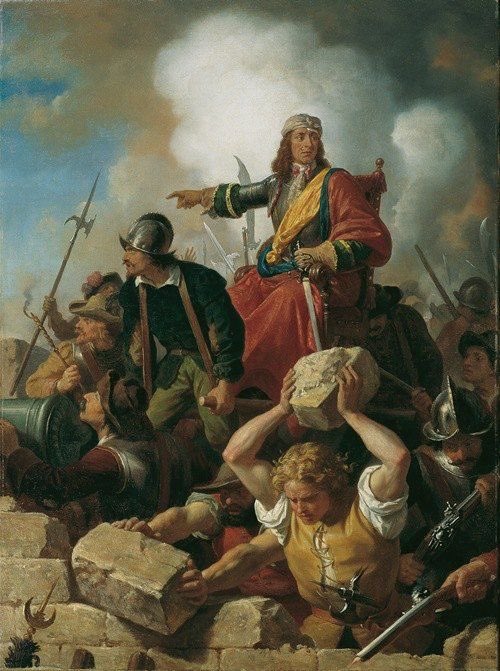
The siege began in July.
Ottoman sappers dug tunnels beneath the city walls, preparing to collapse them.
Artillery pounded the fortifications. Inside, food and supplies ran low. Disease spread. Morale weakened.
Ottoman sappers dug tunnels beneath the city walls, preparing to collapse them.
Artillery pounded the fortifications. Inside, food and supplies ran low. Disease spread. Morale weakened.
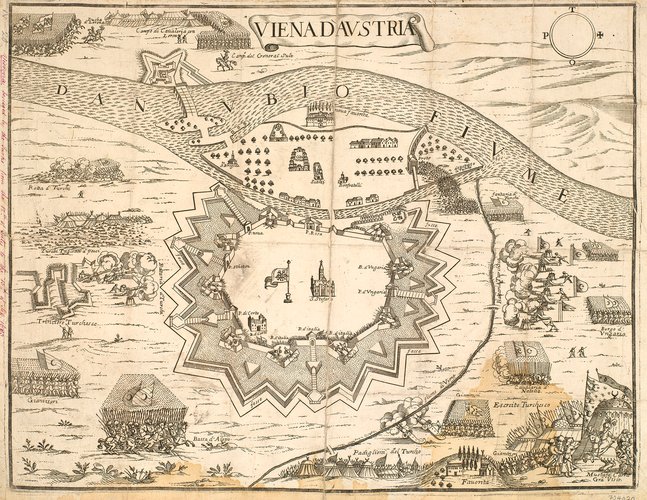
Vienna was on the verge of collapse.
If it fell, the Ottomans could push deeper into Germany and beyond.
France, under Louis XIV, had no intention of stopping them. Europe’s fate hung by a thread.
If it fell, the Ottomans could push deeper into Germany and beyond.
France, under Louis XIV, had no intention of stopping them. Europe’s fate hung by a thread.
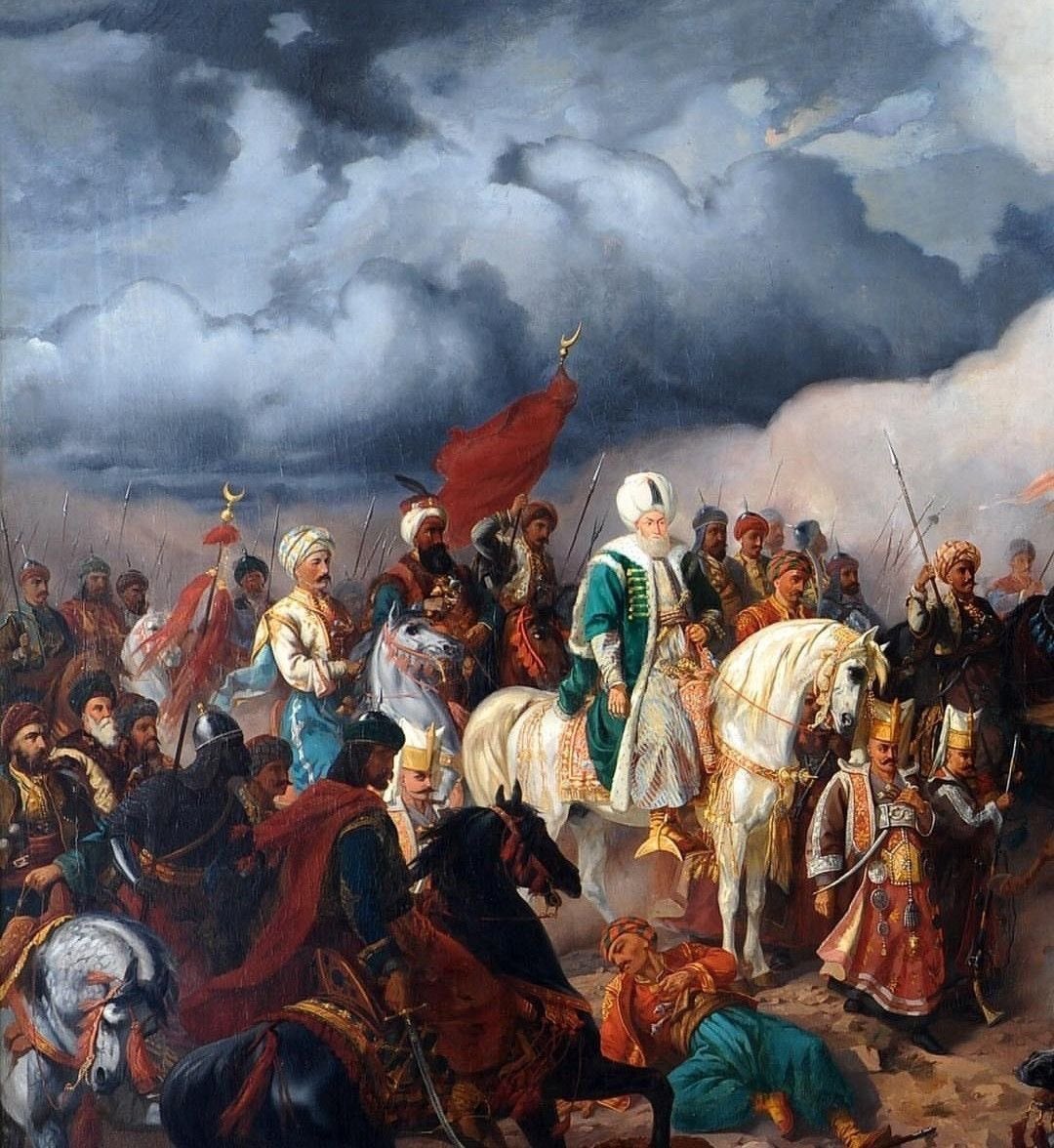
But help was coming.
The Holy League, a coalition led by the Polish-Lithuanian Commonwealth, the Holy Roman Empire, and various German states, had assembled an army.
At its head was King Jan III Sobieski of Poland.
The Holy League, a coalition led by the Polish-Lithuanian Commonwealth, the Holy Roman Empire, and various German states, had assembled an army.
At its head was King Jan III Sobieski of Poland.

Sobieski was no ordinary king.
He was a battle-hardened warrior, known for his tactical brilliance and personal courage.
He had fought the Ottomans before and knew their strategies well.
He was a battle-hardened warrior, known for his tactical brilliance and personal courage.
He had fought the Ottomans before and knew their strategies well.
He marched 30,000 Polish troops across difficult terrain, joining forces with the Austrians and Germans.
By early September, his army—70,000 strong—stood on the hills outside Vienna, preparing to strike.
By early September, his army—70,000 strong—stood on the hills outside Vienna, preparing to strike.
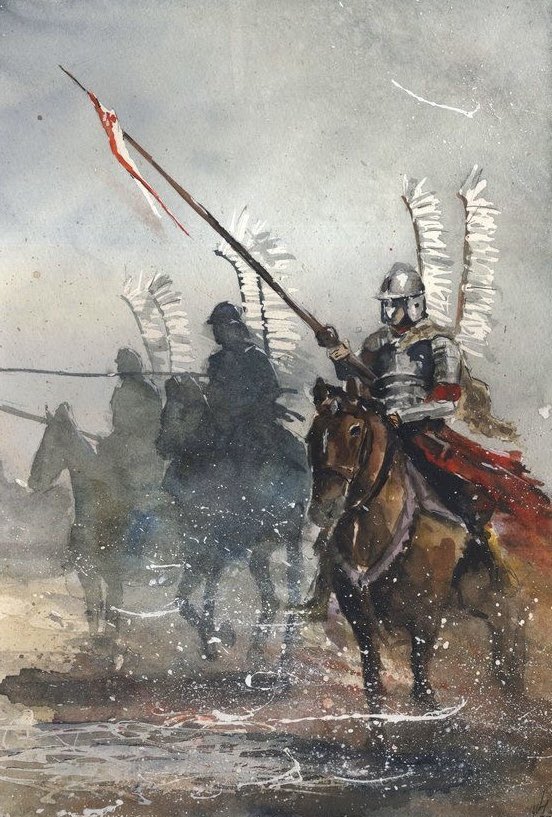
The Ottomans were confident.
They had nearly breached the city walls.
Kara Mustafa believed Vienna would surrender before any relief army could intervene. He refused to break the siege.
They had nearly breached the city walls.
Kara Mustafa believed Vienna would surrender before any relief army could intervene. He refused to break the siege.
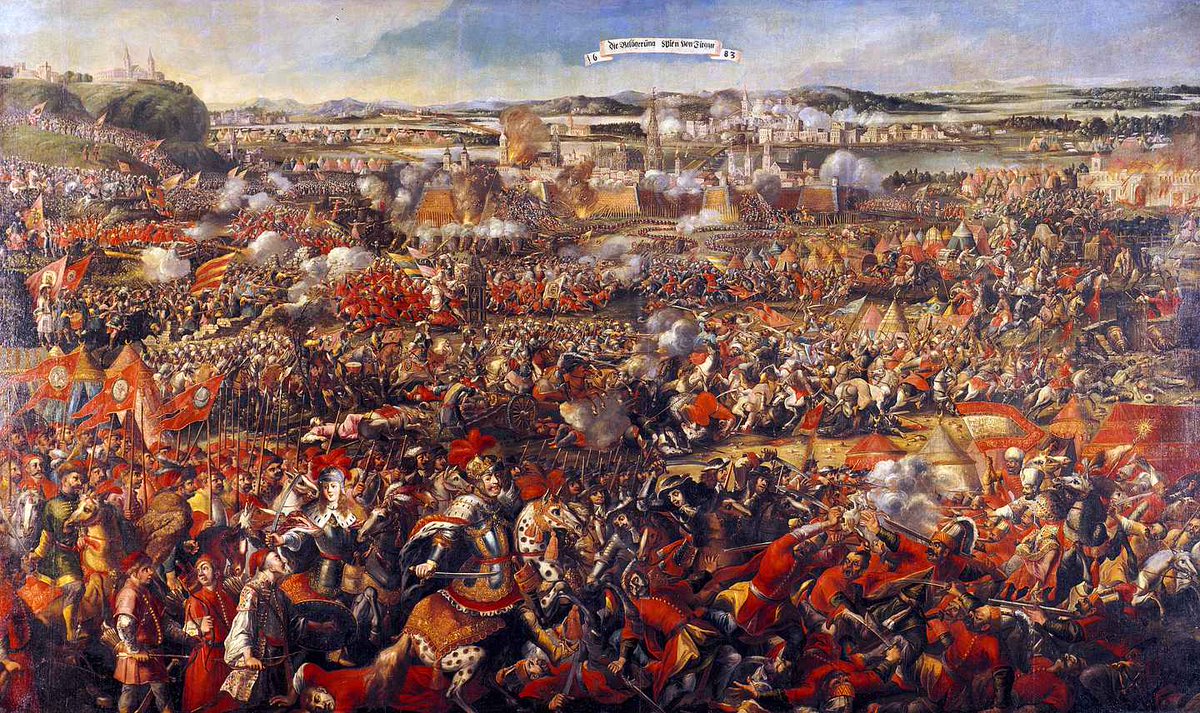
On September 12, 1683, the allies attacked.
The battle began with heavy fighting in the forests and hills surrounding Vienna.
German and Austrian infantry advanced, pushing back Ottoman forces.
The battle began with heavy fighting in the forests and hills surrounding Vienna.
German and Austrian infantry advanced, pushing back Ottoman forces.
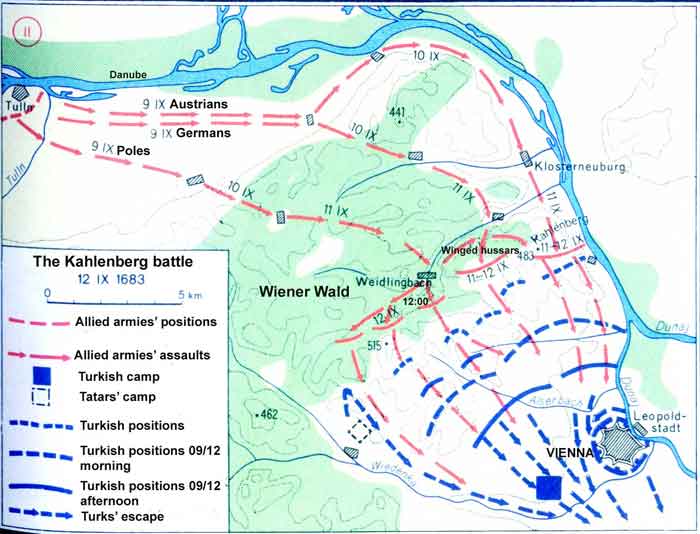
The Polish infantry engaged next, steadily weakening the enemy.
Artillery barrages tore through the Ottoman ranks.
The fighting was brutal, with thousands dying on both sides.
Artillery barrages tore through the Ottoman ranks.
The fighting was brutal, with thousands dying on both sides.
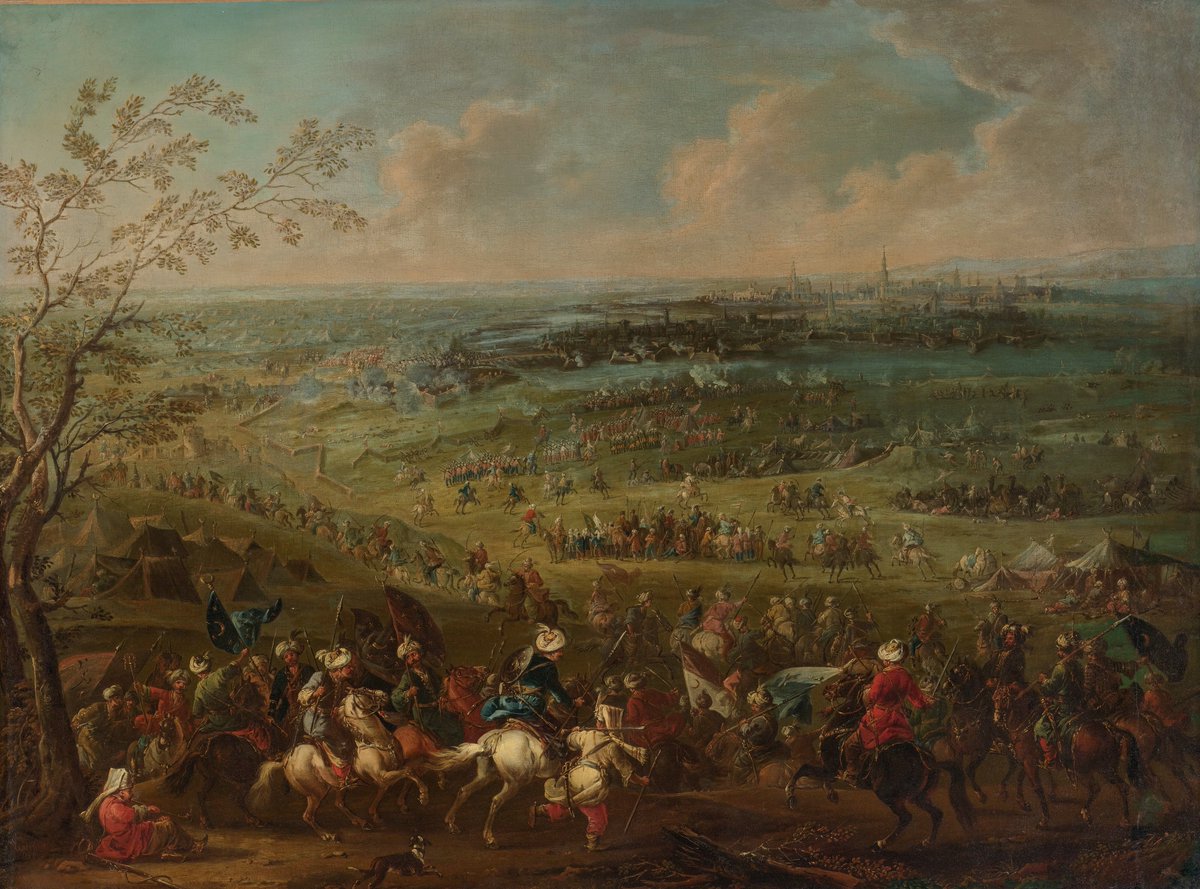
Then came the moment that changed history.
As the sun began to set, Sobieski ordered a cavalry charge—the largest in history. 20,000 horsemen descended from the hills, with 3,000 Polish hussars at the front.
As the sun began to set, Sobieski ordered a cavalry charge—the largest in history. 20,000 horsemen descended from the hills, with 3,000 Polish hussars at the front.
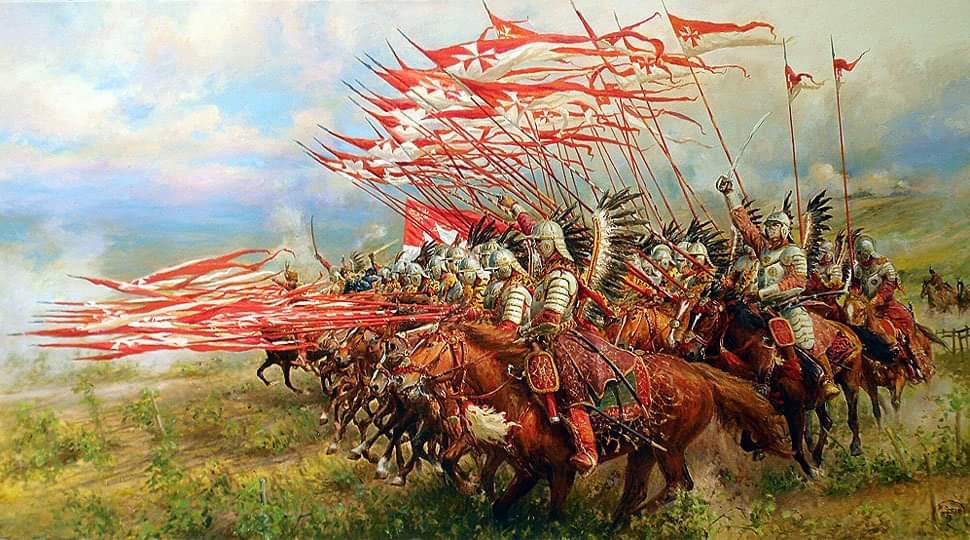
The Polish hussars were no ordinary cavalry.
They were heavily armored, carrying long lances and sabers.
Their horses were bred for speed and endurance. And they wore great wings of wood and feathers, which made a terrifying sound as they charged.
They were heavily armored, carrying long lances and sabers.
Their horses were bred for speed and endurance. And they wore great wings of wood and feathers, which made a terrifying sound as they charged.
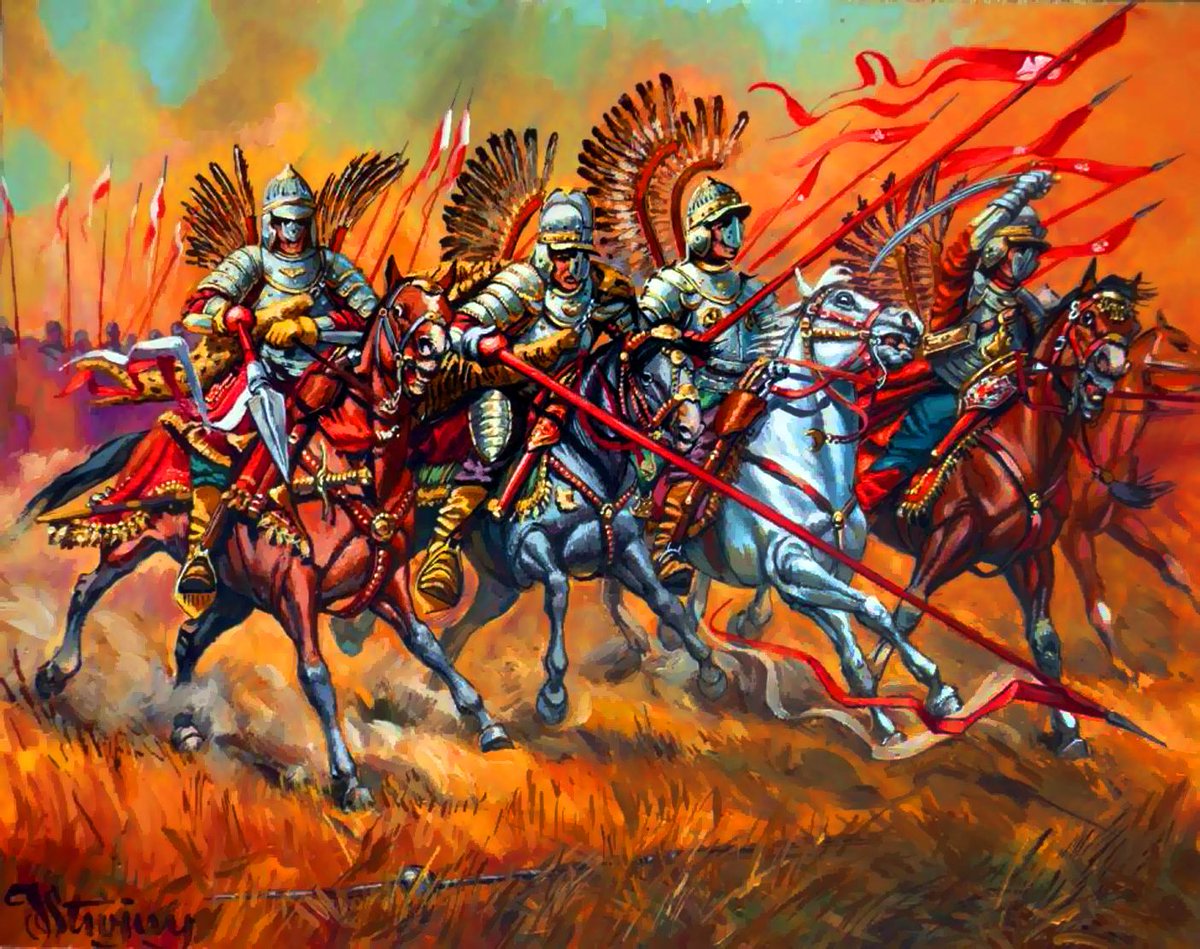
The impact was devastating.
The Ottomans, exhausted from the siege and the day’s fighting, were overwhelmed.
The hussars smashed through their ranks, cutting them down in waves.
The Ottomans, exhausted from the siege and the day’s fighting, were overwhelmed.
The hussars smashed through their ranks, cutting them down in waves.
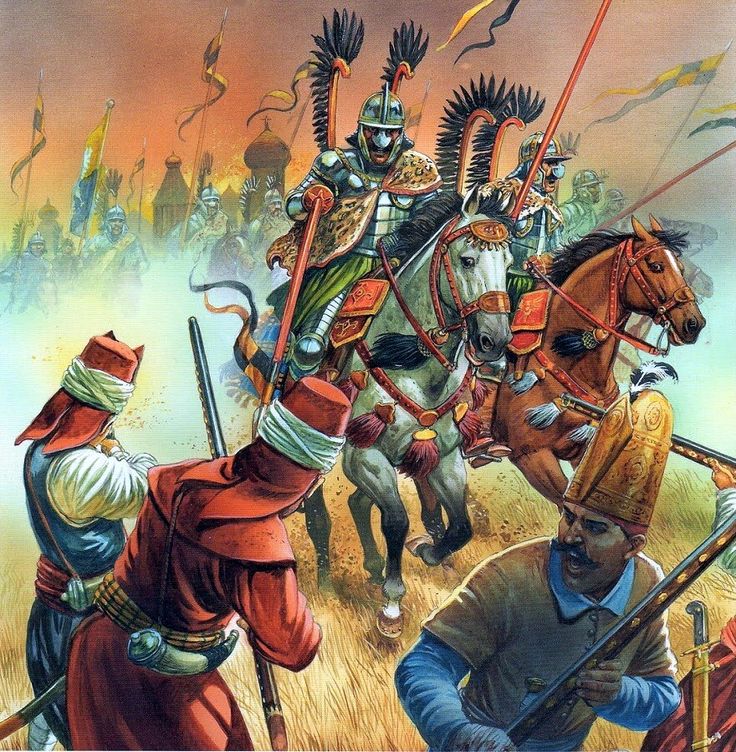
The Ottoman army, once so confident, collapsed in panic.
Soldiers abandoned their weapons and fled.
Kara Mustafa barely escaped with his life, leaving behind his camp, his treasury, and thousands of dead.
Soldiers abandoned their weapons and fled.
Kara Mustafa barely escaped with his life, leaving behind his camp, his treasury, and thousands of dead.
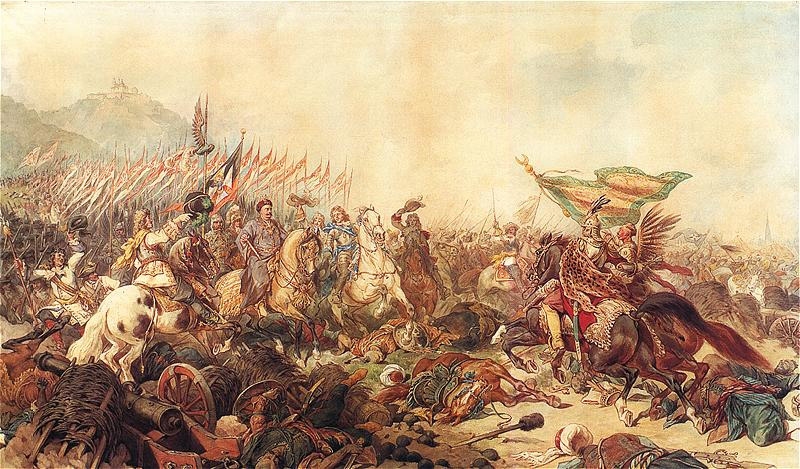
By nightfall, the siege was over.
Vienna was saved. Europe was saved.
The Ottomans had suffered a catastrophic defeat from which they would never fully recover.
Vienna was saved. Europe was saved.
The Ottomans had suffered a catastrophic defeat from which they would never fully recover.
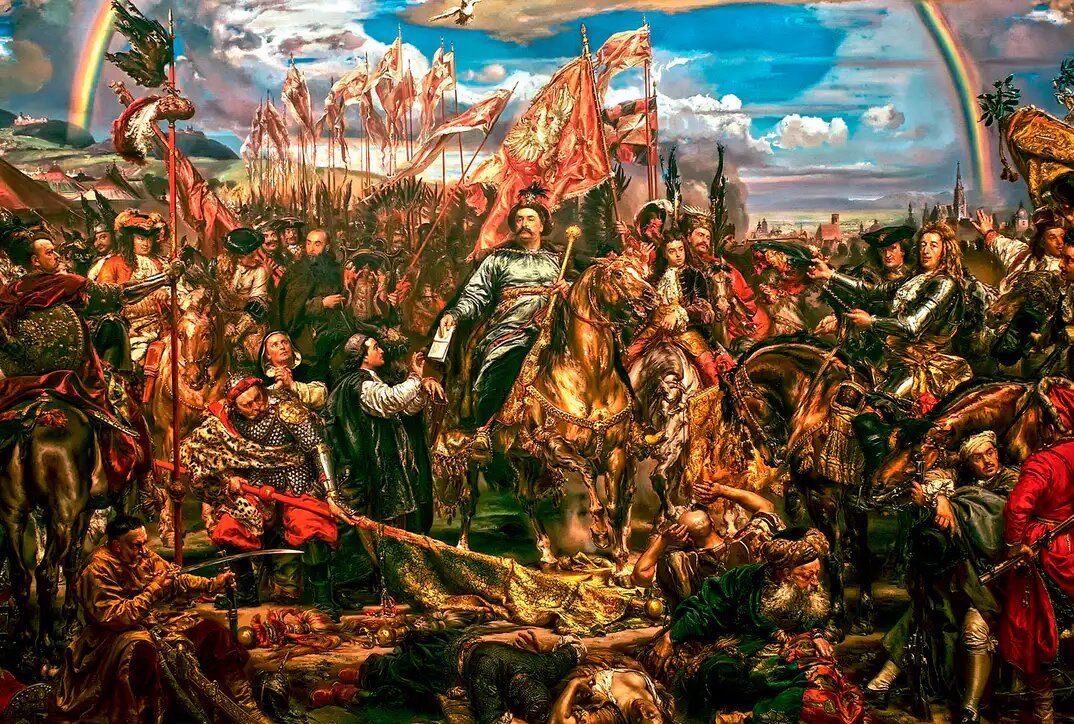
Sobieski, victorious, entered Vienna like a Roman general.
He sent a letter to Pope Innocent XI, writing: "We came, we saw, God conquered."
He sent a letter to Pope Innocent XI, writing: "We came, we saw, God conquered."
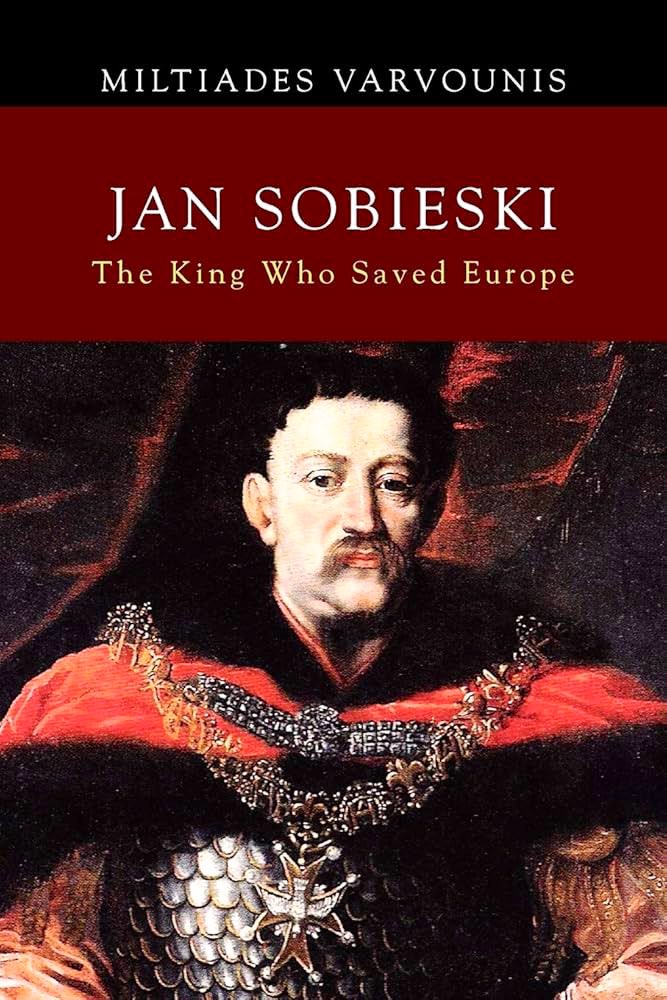
The battle of Vienna marked the beginning of the Ottoman decline.
Though they would remain powerful, they never again posed a serious threat to Central Europe.
Though they would remain powerful, they never again posed a serious threat to Central Europe.
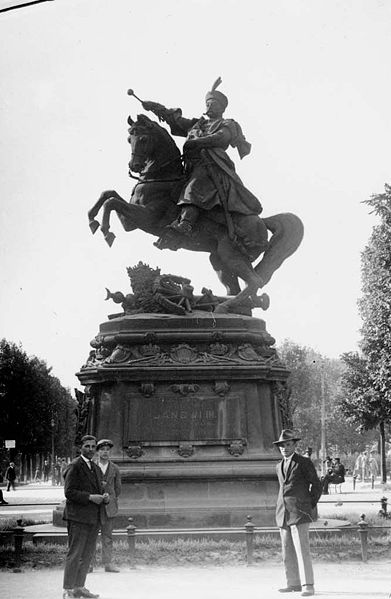
The Polish hussars became legends.
Their charge at Vienna was the pinnacle of their long history as the finest cavalry in the world.
For centuries, they had defended Christendom against invaders from the east.
Their charge at Vienna was the pinnacle of their long history as the finest cavalry in the world.
For centuries, they had defended Christendom against invaders from the east.
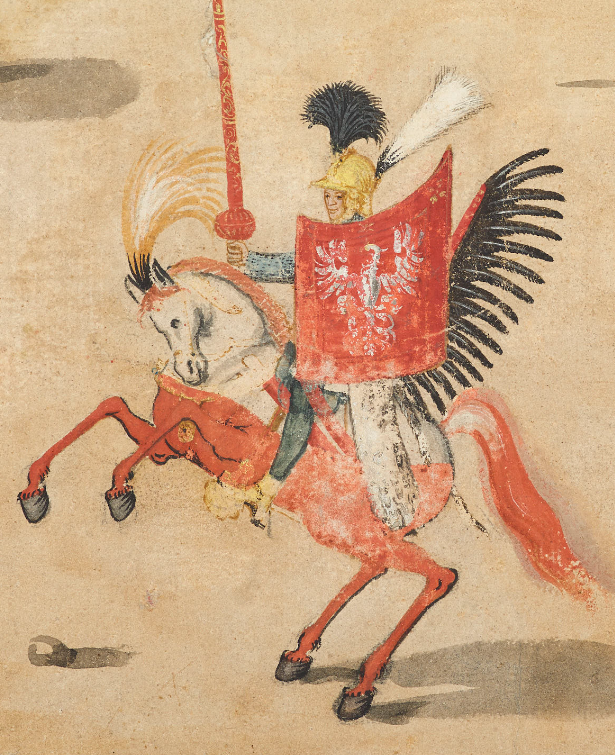
But Poland itself was not so fortunate.
A century later, the Polish-Lithuanian Commonwealth was weakened by internal struggles and foreign intrigue.
In 1795, it was partitioned by Russia, Prussia, and Austria, disappearing from the map of Europe for over 100 years.
A century later, the Polish-Lithuanian Commonwealth was weakened by internal struggles and foreign intrigue.
In 1795, it was partitioned by Russia, Prussia, and Austria, disappearing from the map of Europe for over 100 years.
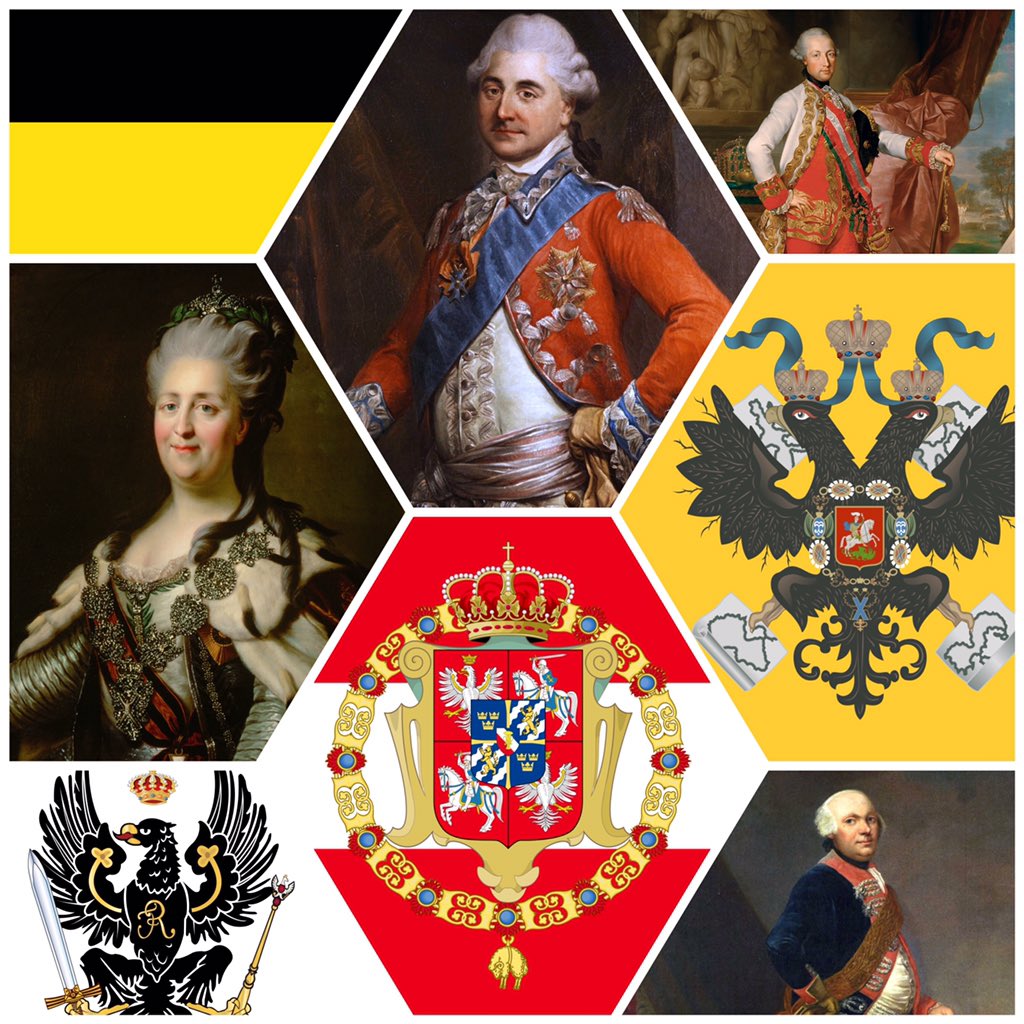
Yet the victory at Vienna remains one of the greatest moments in Polish history.
It was the day when a Polish king and his winged knights turned the tide of history, saving a continent from conquest.
It was the day when a Polish king and his winged knights turned the tide of history, saving a continent from conquest.
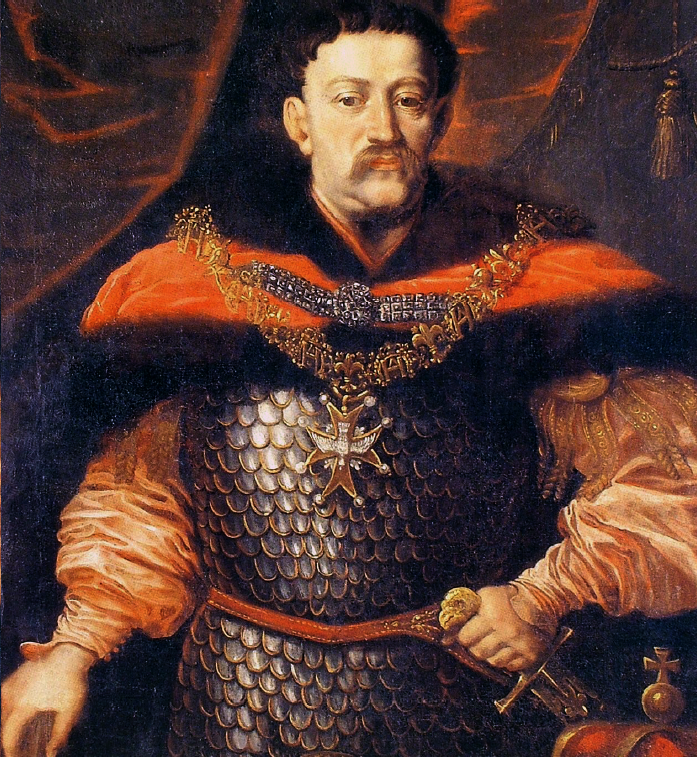
If you found this thread valuable, please:
✅RT the first tweet and help others find this thread
✅Join 3,600+ others and join my FREE newsletter — it goes deeper on topics like this:
athenaeum.beehiiv.com/subscribe
✅RT the first tweet and help others find this thread
✅Join 3,600+ others and join my FREE newsletter — it goes deeper on topics like this:
athenaeum.beehiiv.com/subscribe
• • •
Missing some Tweet in this thread? You can try to
force a refresh


